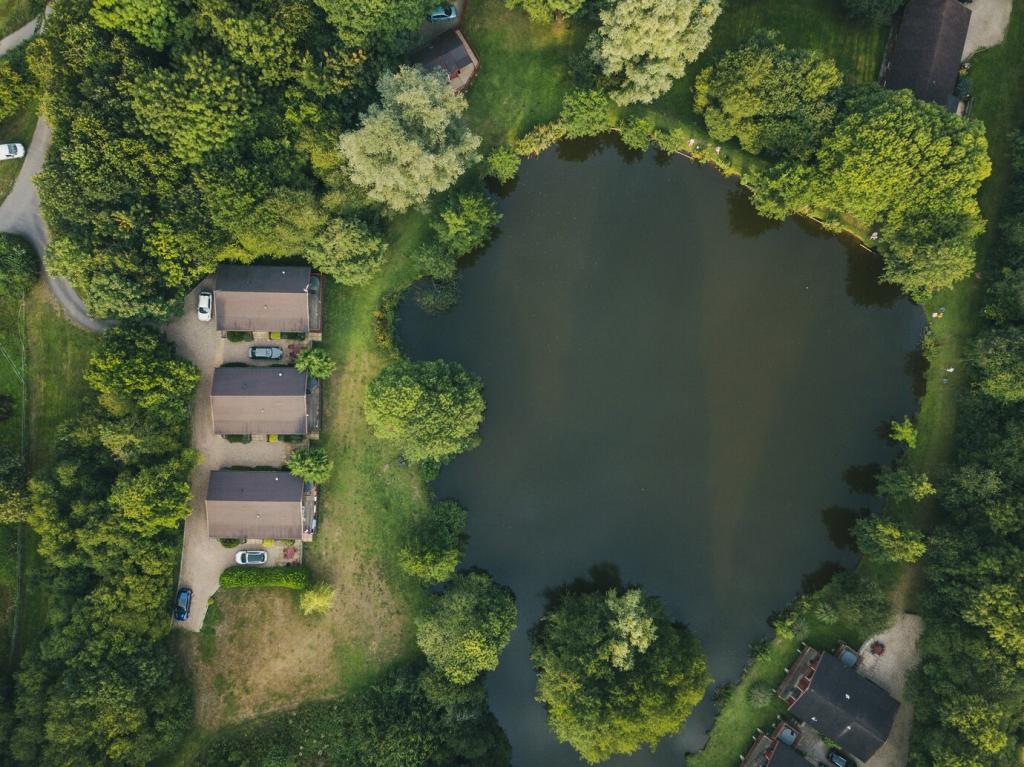Costs, Benefits, and Common Myths
Yes, Passive House can cost more upfront, often due to better windows, insulation, and detailing time. Yet downsized mechanical systems, lower energy bills, and long-term durability can rebalance budgets. Share your project size and timeline, and we’ll discuss realistic pathways.
Costs, Benefits, and Common Myths
Filtered fresh air reduces allergens and outdoor pollutants. Warm surfaces and steady temperatures lower stress and improve sleep. During outages, the efficient envelope buys precious time. These resilient, calm interiors often become people’s favorite feature—well beyond any utility bill savings.



